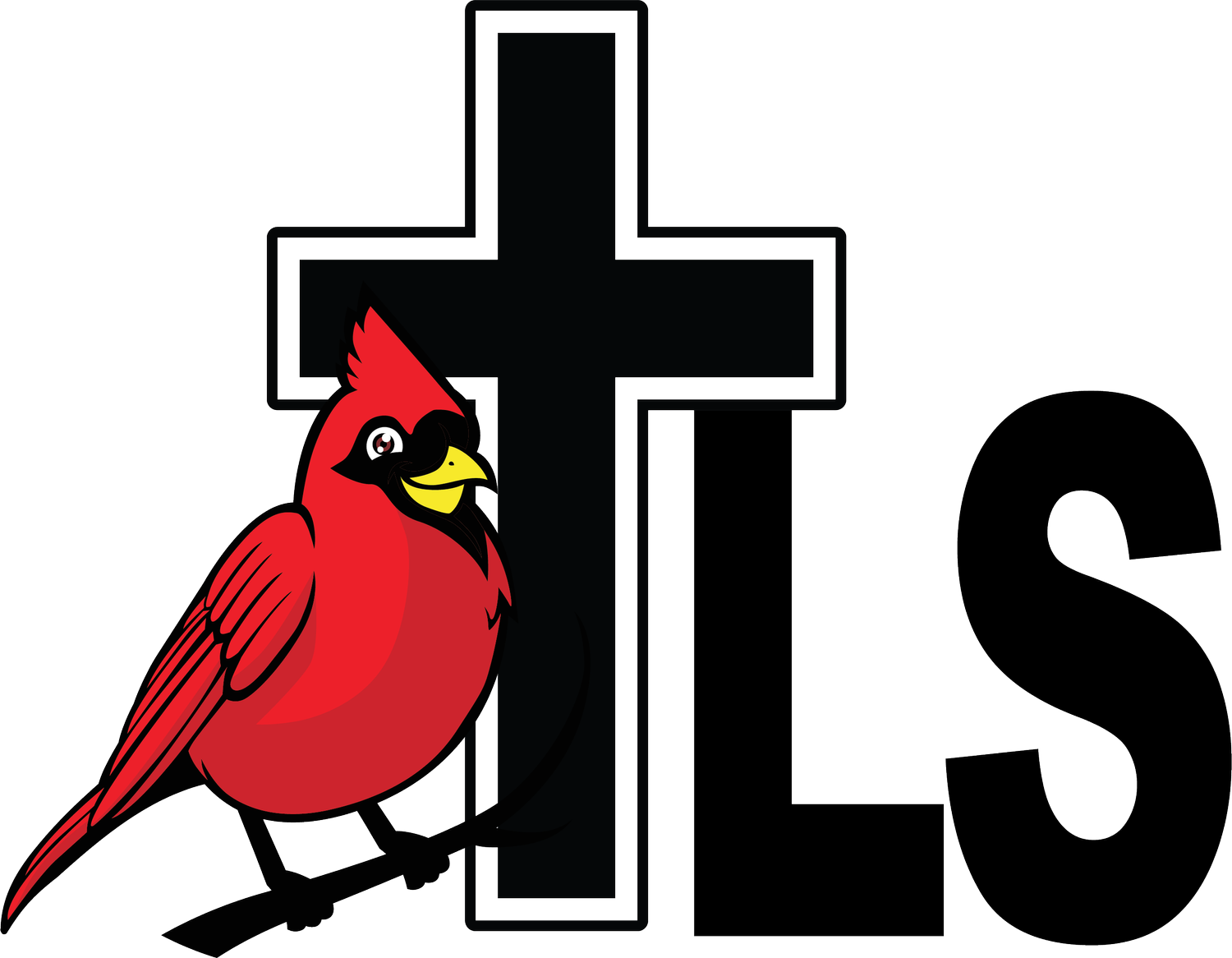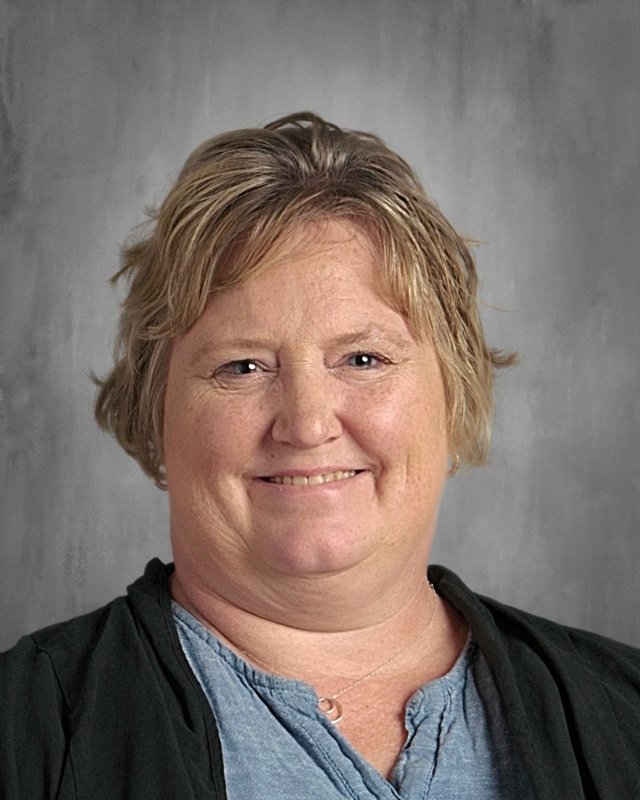
ACADEMIC OVERVIEW
THIRD GRADE
WELCOME TO THIRD GRADE!
Welcome to Third Grade at our Day School, an adventurous step into deeper learning and critical thinking. This transformative year propels students to higher reading levels, where they dive into diverse genres and refine their comprehension and analytical skills. Math becomes more intricate, with a focus on multiplication, division, and introductory fractions, kindling a love for problem-solving. Third graders expand their world-view through in-depth studies of science and social studies, and they take pride in mastering cursive writing. At this stage, interactive technology is integrated to augment their learning experience. Woven into this dynamic academic environment, our Christ-centered curriculum guide students, nurturing their spiritual and intellectual growth. With the unwavering support of our dedicated teachers, third grade becomes a unique blend of academic discovery and personal growth.
Below, you can find an excerpt of the academics that your child will experience in their third grade year at TLS.
Mrs. Melanie Teachout
-
Mrs. Teachout grew up in a small farming community in Jeffers, Minnesota. She graduated from Storden-Jeffers High School in 1990. Initially attending Faith Bible College in Ankeny, Iowa, she decided to transfer to Pillsbury College in Owatonna, Minnesota to be closer to home. In 1995, she graduated with a BS in Children Ministry/Biblical Studies. After working as a substitute teacher and paraprofessional in the public school system for several years, she pursued an AS degree in Early Childhood in 2020. Currently, she is attending SMSU in Marshall, MN through online classes to complete her BS in Early Childhood Education and obtain a Birth through 3rd grade license. Mrs. Teachout has been married for 27 years and has three grown children and one in high school. She and her family have resided in Waseca for 28 years.
-
Rejoice in the Lord always! I will say it again: Rejoice!
I can do all things through Christ, who strengthens me.
Phillipians 4:4&13 -
I am thankful that I can teach about God to the students and have Christian coworkers to lean on when I have questions.
RELIGION & MEMORY
In third grade, students engage in a chronological study of Bible stories that begins with the creation of all things by God. They delve into key concepts of faith, including Law, Gospel, confession, repentance, forgiveness, grace, and the growth of faith. Students memorize Bible verses and selected portions from Luther's Small Catechism. They also review catechism sections introduced in previous grades. At the third-grade level, students are introduced to the Explanation of the Third Article of the Apostles' Creed and Bible passages from the Baptism section of the catechism.
READING
In the first three grades of school, students focus on "learning to read." However, as they progress to higher grades, including third grade, they transition to "reading to learn." Their reading skills become crucial in comprehending content across various subjects. Third grade acts as a pivotal point in this transition. The curriculum includes literature-based texts encompassing both fiction and nonfiction selections. Students learn how to use structural analysis, such as identifying base words, prefixes, and suffixes, as well as employing context clues to understand unfamiliar words. They develop skills in summarization, identifying story elements, and utilizing reference materials. These and other reading skills are taught, practiced, and reviewed with the goal of fostering independent learning. Emphasis is also placed on developing reading fluency and expression. Supplemental materials such as fiction and nonfiction chapter books and picture books are utilized. To enhance comprehension skills at individual levels, students have access to the Accelerated Reader computer program.
HANDWRITING
In third grade, students engage in a review and refinement of the cursive skills they learned in second grade. The focus is placed on aspects such as pencil grip, pressure, and placement. Skill development is achieved through consistent practice. Students are encouraged to further develop these skills and earn the privilege to use cursive in their daily work across other subject areas.
ENGLISH
In third grade, students further their development of traditional grammar skills and work towards enhancing their writing abilities. The curriculum covers unit studies on sentence structure, parts of speech, grammar, usage, and mechanics. After each unit, students engage in practicing the writing process, which includes learning how to write different types of paragraphs, book reports, and short research projects. Writing skills are also integrated with reading instruction to provide a well-rounded language arts experience.
SPELLING & PHONICS
In third grade, a combination of both traditional and nontraditional approaches is used. The traditional approach involves introducing a new lesson each week, which aligns with the story in the Reading book and introduces a new phonics skill. Weekly spelling lists are sent home for memorization, with an end-of-the-week test.
In contrast, the nontraditional approach is referred to as the Word Wall. This approach places a strong emphasis on the importance of correct spelling. The Word Wall consists of words that do not follow regular phonics rules. Phonics instruction teaches students to identify patterns from words they are already familiar with. Students are held accountable for spelling words correctly when copying them from the Word Wall.
By incorporating both approaches, students receive comprehensive instruction in phonics, spelling, and word recognition.
SOCIAL STUDIES
In our social studies and science classes, instruction in reading skills and vocabulary development is ongoing. Students learn to read and interpret various graphic aids such as graphs, charts, timelines, and flow charts. They apply their reading skills to compare, contrast, classify, and determine cause and effect, enhancing their ability to become independent learners. The skill of reading nonfiction texts for gathering information is developed as students complete study sheets. They also learn effective study strategies for preparing for tests.
The curriculum is structured around eight categories: history, geography, economics, government, citizenship, culture, science, technology, and society, and social studies skills. Unit themes include People Build Communities, Communities Have History, Communities at Work, and Communities Have Governments. Map skills are also emphasized, including understanding different types of maps, hemispheres, intermediate directions, and using a map scale.
TECHNOLOGY
In our school, students utilize Type to Learn, a comprehensive lesson-based typing tutor, to learn keyboarding skills at their own pace. They have the option to log on at home to practice and further develop their typing abilities. Typing tests are conducted to assess their typing speed, measured in words per minute, with timed tests ranging from 1 to 5 minutes. Additionally, students utilize code.org to learn computer processing skills.
SCIENCE
In third grade, students engage in the study of various topics including the life cycles of animals and plants, the motions of the sun, moon, and earth, and the effects of these motions. They also learn about forms of energy, heat, temperature, and the importance of using and conserving energy. Instruction involves reading the assigned text and utilizing supplemental resources, while also incorporating hands-on activities to explore and appreciate God's wonderful creation. The curriculum emphasizes the role of students as stewards of the environment. Throughout the year, students participate in experiments and STEM projects to enhance their understanding of the subject matter.
ART
In third grade, students receive instruction in the elements of art, including line, shape, color, space, texture, and composition. They also learn about art history and develop an appreciation for various artists and their works. While the focus is primarily on the artistic process rather than the final product, students also engage in craft projects during holiday times. Throughout their art education, students have the opportunity to explore a variety of media and techniques in both two-dimensional and three-dimensional work. They continue to develop their vocabulary of art and enhance their observation skills as they analyze artworks and the world around them.
CHOIR/MUSIC
In third grade, students have the opportunity to review and further develop their music theory skills, particularly as they learn to play the recorder. By the end of the school year, they showcase their progress in a recorder concert. In choir, students engage in singing a variety of songs, including both one and two parts, as they prepare for participation in worship services. Some students may also have the chance to showcase their solo work during these performances.
PHYSICAL EDUCATION
Physical Education classes play a significant role in the rapid development of both fine and gross motor skills among students in third grade. The curriculum places emphasis on the health-related fitness components of cardiovascular fitness, muscle strength, endurance, flexibility, and body composition. Additionally, games and activities are incorporated to foster the development of agility, balance, coordination, speed, power, and reaction time.
As social and personal skills continue to develop at this age, Physical Education classes also focus on promoting cooperation, leadership, integrity, respect, fair play, initiative, responsibility, effort, self-discipline, and decision-making. Students are encouraged to view fitness as a lifelong pursuit and to find enjoyment in participating in physical activities.

